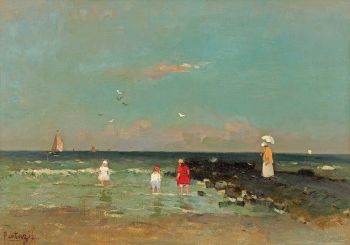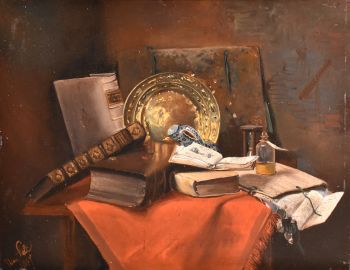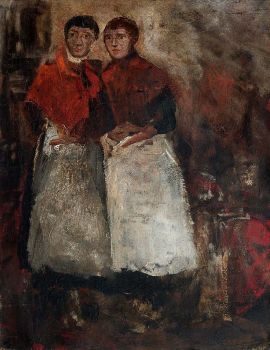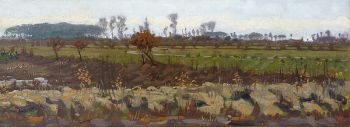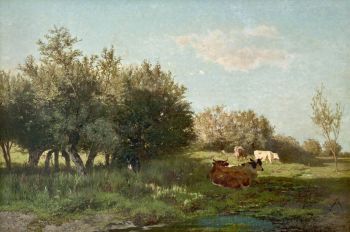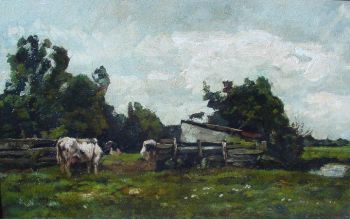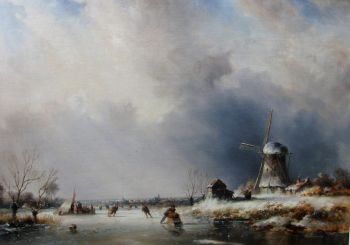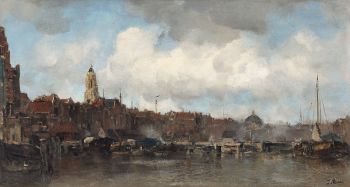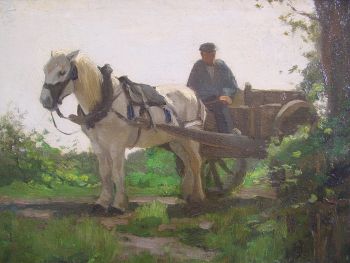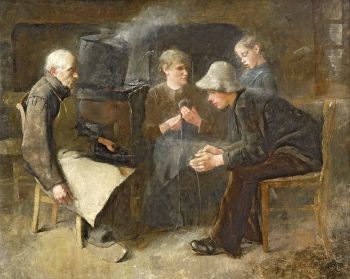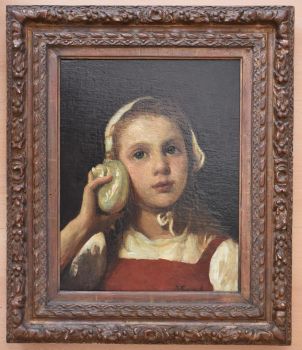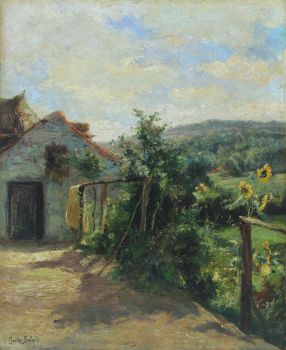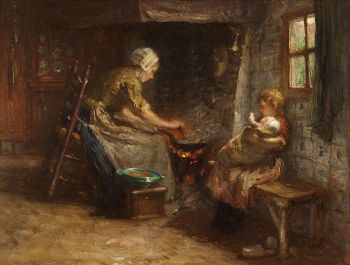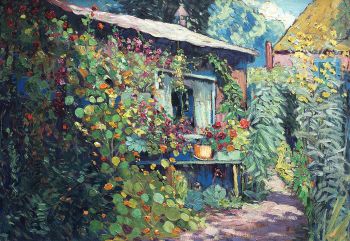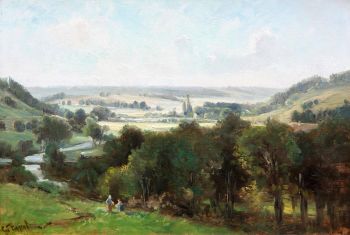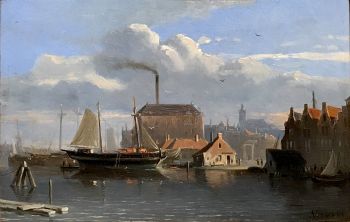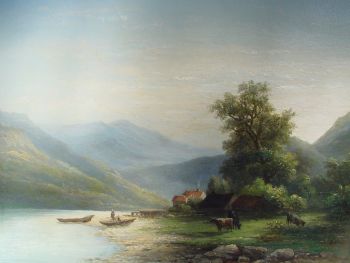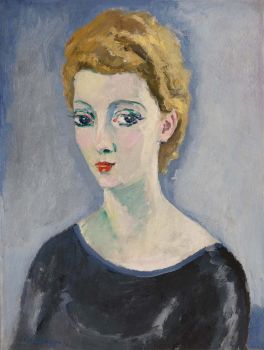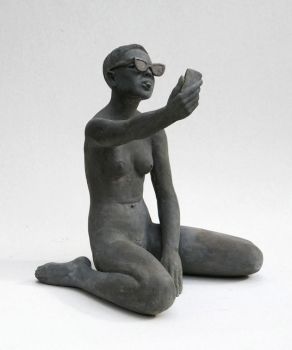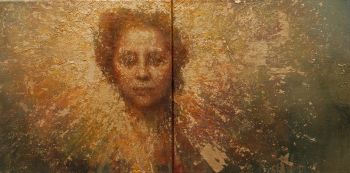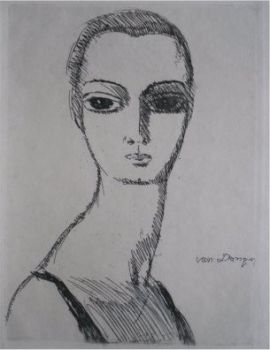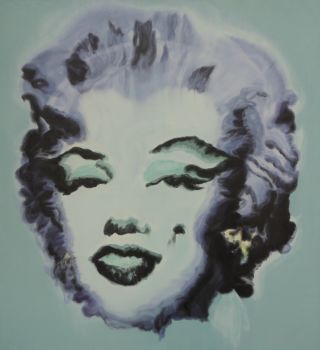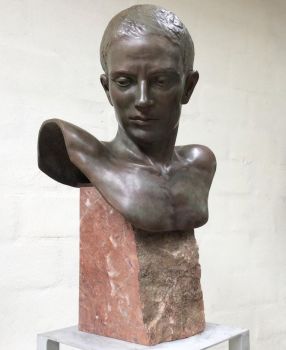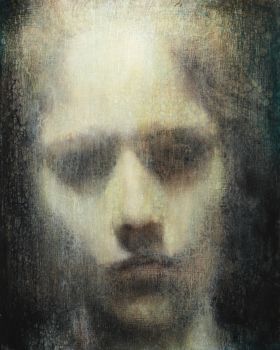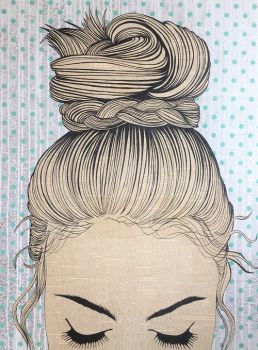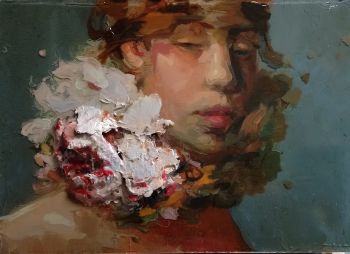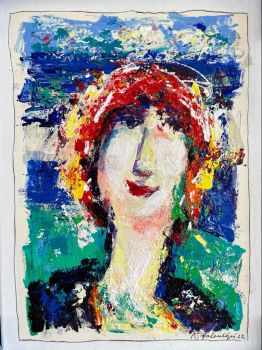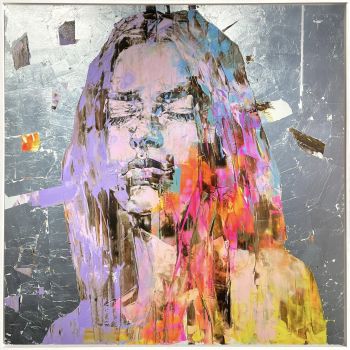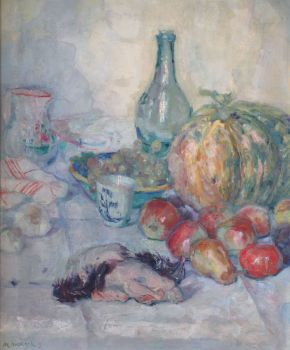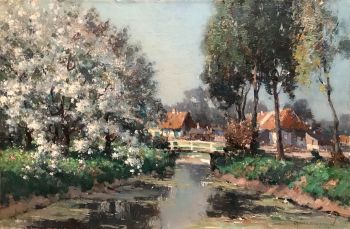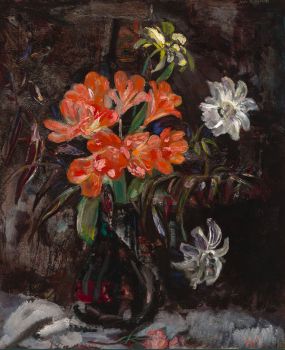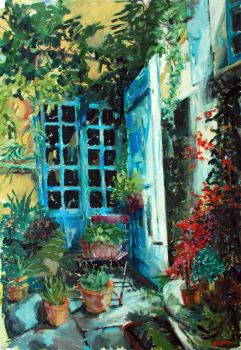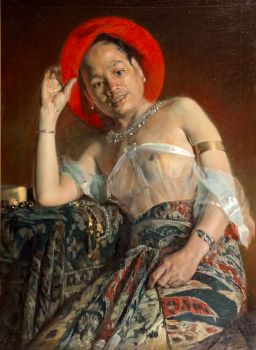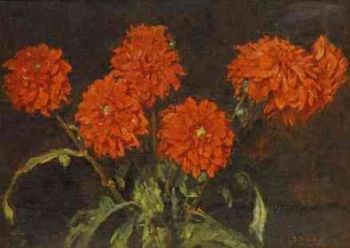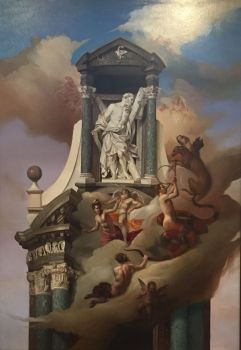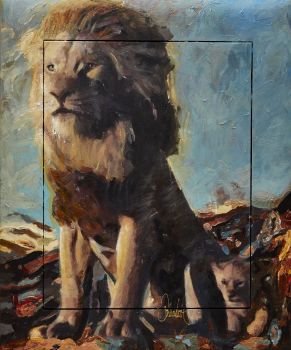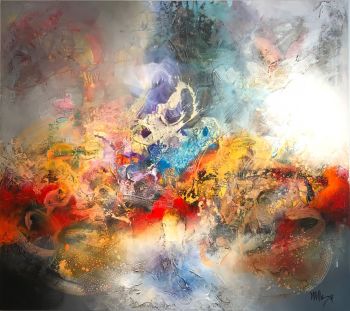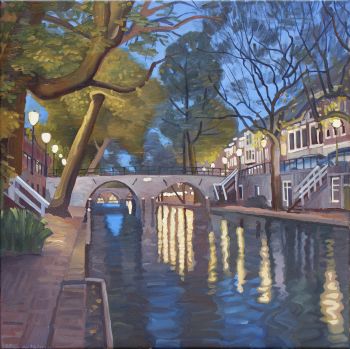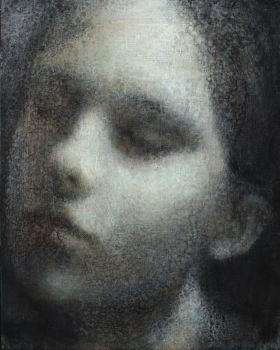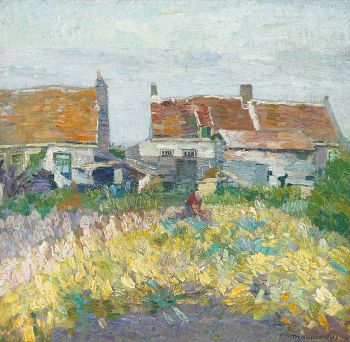19th Century French School Portrait of a flower seller 1790 - 1840
Artista Sconosciuto
Olio originale su tela
59 ⨯ 53 cm
ConditionGood
€ 4.995
Olischlager Antiquairs
- A proposito di opere d'arteFrench School, 19th Century Probably Jean-Claude Bonnefond Portrait of a Lily of the Valley Seller Oil on canvas (original canvas) 59.5 x 53 cm
Jean-Claude Bonnefond (1796–1860) was a French painter whose work spanned the transition between Neoclassicism and Romanticism, with a particular interest in genre scenes. His style reflects a blend of these two movements, characterized by detailed depictions of everyday life, expression of emotion, and a rich use of color. Here are some key characteristics of Bonnefond's style Bonnefond is best known for his genre scenes, depicting ordinary people in simple, everyday situations. This reflects a departure from the grand historical and mythological themes of Neoclassicism, in favor of the Romantic interest in human emotion and individual experience. Emphasis on light and color: He mastered the use of light, which often brought warmth and intimacy to his scenes. His colour palette was rich, yet natural, contributing to the realistic yet gentle atmosphere of his works. Romantically influenced, Bonnefond's works often evoked emotions, whether silent contemplation or the difficulties of everyday life. This fits Romanticism's emphasis on emotional depth and individual subjectivity, contrasting with the formal restraint of Neoclassicism.
Provenance:
South German private collection
Dutch private collection - A proposito di opere artista
Può succedere che un artista o un creatore sia sconosciuto.
Alcune opere non sono determinate da chi sono state realizzate o sono state realizzate da (un gruppo di) artigiani. Esempi sono statue dell'antichità, mobili, specchi o firme non chiare o leggibili ma anche alcune opere non sono affatto firmate.
Inoltre puoi trovare la seguente descrizione:
•"Attribuito a …." A loro avviso probabilmente opera dell'artista, almeno in parte
•“Studio di ….” o “Officina di” A loro avviso un'opera eseguita nello studio o nella bottega dell'artista, eventualmente sotto la sua supervisione
•“Cerchio di…” A loro avviso un'opera del periodo dell'artista che mostra la sua influenza, strettamente legata all'artista ma non necessariamente al suo allievo
•"Stile di..." o "Seguace di..." A loro avviso un'opera eseguita nello stile dell'artista ma non necessariamente da un allievo; può essere contemporaneo o quasi contemporaneo
•“Modalità di…” A loro avviso un'opera nello stile dell'artista ma di epoca successiva
•"Dopo …." A loro avviso una copia (di qualsiasi data) di un'opera dell'artista
•“Firmato…”, “Datato…” o “Iscritto” A loro avviso l'opera è stata firmata/datata/inscritta dall'artista. L'aggiunta di un punto interrogativo indica un elemento di dubbio
•"Con firma....", "Con data...", "Con iscrizione..." o “Riporta firma/data/iscrizione” a loro avviso la firma/data/iscrizione è stata aggiunta da qualcuno diverso dall'artista
Sei interessato ad acquistare questa opera d'arte?
Artwork details
Related artworks
Artista Sconosciuto
Japanese art deco lacquervase with Scarab beetle motif1920 - 1950
Prezzo su richiestaDille Art
1 - 4 / 12Artista Sconosciuto
Set Franse Empire Pendules / Empire Lectura penduleearly 19th
Prezzo su richiestaKuipers Kunst & Antiek
Artista Sconosciuto
Set of eight gouache drawings1799 - 1801
Prezzo su richiestaRobert Schreuder Antiquair
Artista Sconosciuto
Braccialetto di diamanti del XVIII secolo con intagli di 2000 anni1790
€ 23.000Adin Fine Antique Jewellery
 A cura di
A cura diDanny Bree
1 - 4 / 15Gerard Bilders
The 'Uiterwaarden' at Oosterbeek (flood plains)1861
Prezzo su richiestaStudio 2000 Art Gallery
H.J. van der Weele
Horse and carriage in landscape1850 - 1900
Prezzo su richiestaKunsthandel Pygmalion
 A cura di
A cura diDanny Bree
Bernardus Johannes Blommers
Het bereiden van de maaltijd1870 - 1914
Prezzo su richiestaStudio 2000 Art Gallery
Corstiaan Hendrikus de Swart
Mountain landscape with Lake1838 - 1900
Prezzo su richiestaKunsthandel Pygmalion
1 - 4 / 24- 1 - 4 / 24
- 1 - 4 / 24
- 1 - 4 / 5































